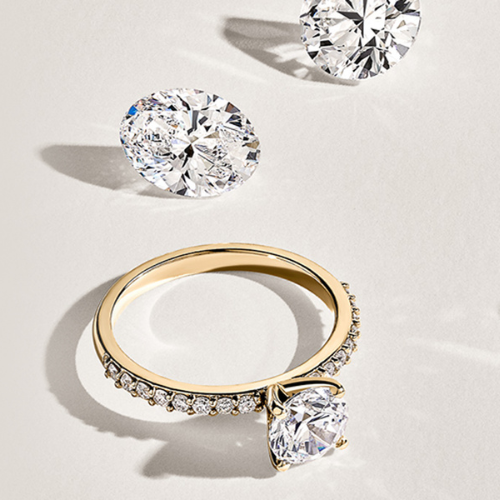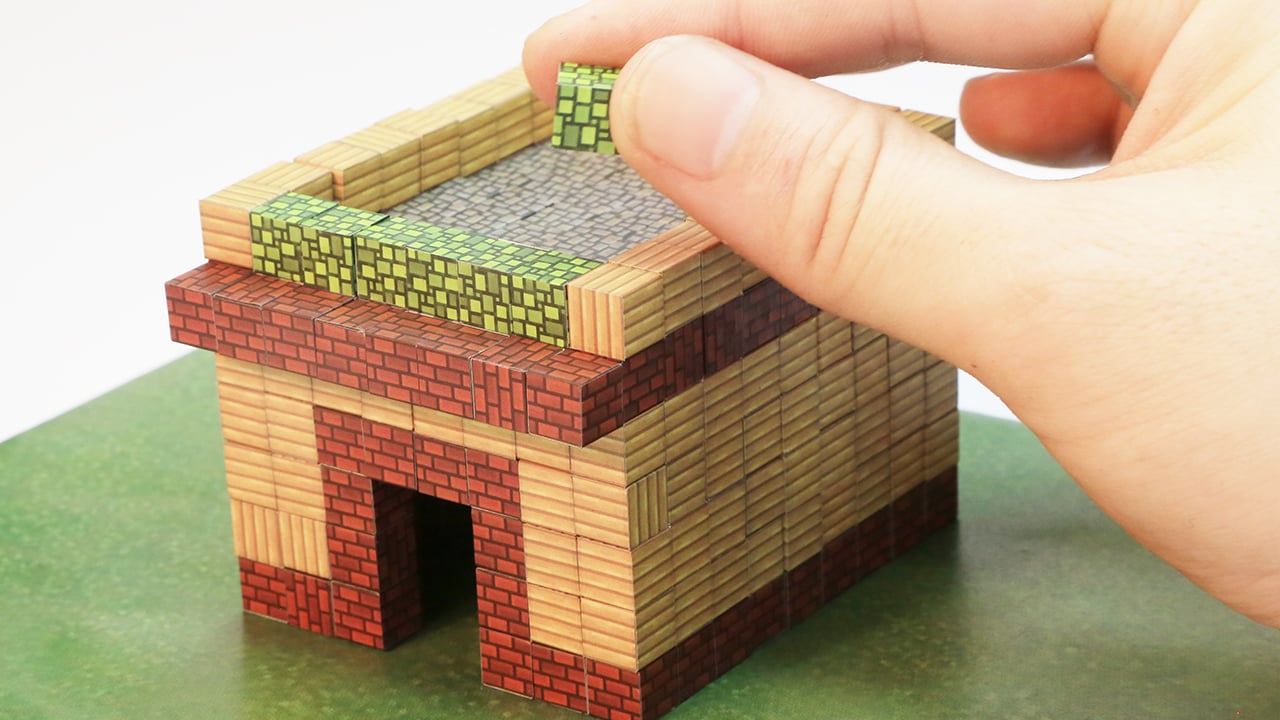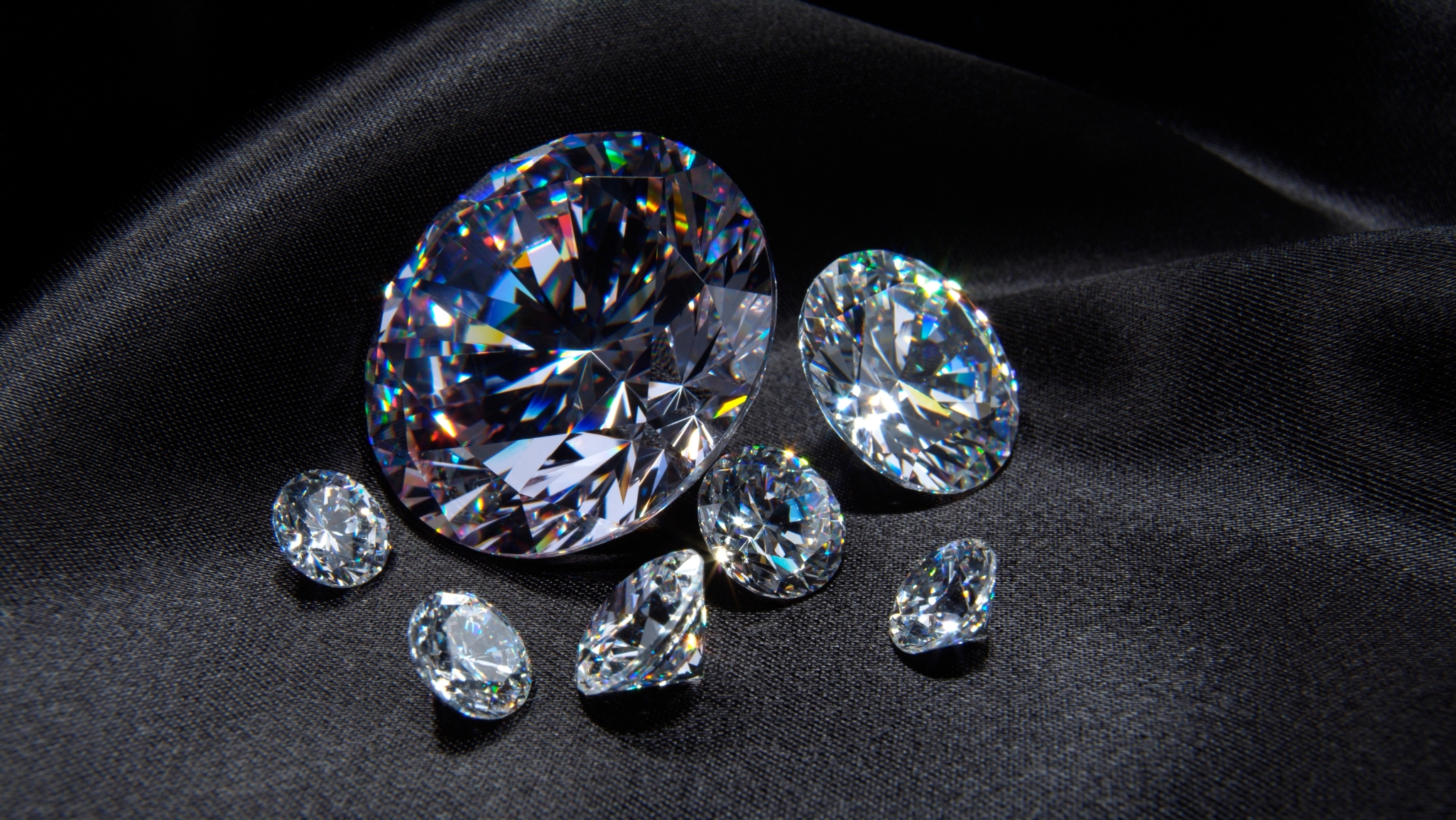
When it comes to diamonds, they are often regarded as the ultimate symbol of luxury, beauty, and wealth. However, the high cost and ethical concerns surrounding diamond mining have led many individuals to seek alternatives. Diamond substitutes provide a more affordable, sustainable, and ethical option for those looking to achieve the same brilliance and elegance as natural diamonds. In this article, we will explore various diamond substitutes, their advantages, and why they are gaining popularity.
What Are Diamond Substitutes?
Diamond substitutes refer to gemstones or materials that mimic the appearance of diamonds. These alternatives are often chosen for their visual similarity to diamonds while offering more affordable price points. While they might not have the same chemical composition as diamonds, they provide a comparable aesthetic. Some popular diamond substitutes include cubic zirconia (CZ), moissanite, white sapphires, and lab-grown diamonds. Each of these alternatives offers unique benefits, making them suitable for different preferences and budgets.
Why Choose Diamond Substitutes?
There are several reasons why individuals are increasingly opting for diamond substitutes. First, the cost difference between natural diamonds and their substitutes can be substantial. A natural diamond’s price is determined by its carat weight, cut, color, and clarity, but substitutes such as cubic zirconia or moissanite can offer similar brilliance at a fraction of the cost. This makes diamond substitutes an attractive option for those who want the aesthetic of a diamond without breaking the bank.
Second, the ethical concerns surrounding traditional diamond mining have also pushed consumers towards diamond substitutes. Many diamond mines operate in areas with human rights issues, and the environmental impact of diamond mining can be significant. Substitutes such as lab-grown diamonds, on the other hand, offer a more sustainable and ethical choice. These diamonds are produced in controlled environments, without the need for mining, making them a more environmentally friendly option.
Popular Diamond Substitutes
Several diamond substitutes are currently popular on the market, each with its own unique properties. Let’s take a closer look at the most well-known options.
Cubic Zirconia
Cubic zirconia (CZ) is perhaps the most famous and widely used diamond substitute. It is a synthetic gemstone made from zirconium dioxide and is known for its affordability and resemblance to diamonds. While cubic zirconia lacks the durability of a real diamond, it is nearly indistinguishable to the naked eye. It is an excellent choice for costume jewelry or for those who want the diamond look at a lower price point.
Moissanite
Moissanite is another popular diamond substitute that has gained significant attention in recent years. Discovered in 1893 by French scientist Henri Moissan, moissanite is a naturally occurring mineral that is now lab-grown for commercial use. It is often mistaken for a diamond due to its similar brilliance and fire. In fact, moissanite is even more brilliant than a diamond, with a higher refractive index, meaning it sparkles more intensely. Moissanite is durable and resistant to scratching, making it an excellent choice for engagement rings.
White Sapphire
White sapphire is a natural gemstone that can be used as a diamond substitute. It is composed of aluminum oxide and is known for its clarity and brilliance. While it does not have the same level of sparkle as a diamond or moissanite, white sapphire offers a more subtle, sophisticated look. It is a durable stone, making it a great alternative for those who want a long-lasting gem without the hefty price tag of a diamond.
Lab-Grown Diamonds
Lab-grown diamonds are real diamonds, but they are created in a controlled laboratory environment rather than being mined from the earth. These diamonds are chemically and physically identical to natural lab grown diamonds, making them a true diamond substitute. Lab-grown diamonds offer many of the same benefits as natural diamonds, such as durability and brilliance, but at a more affordable price. Additionally, they are an ethical and sustainable option, as they do not contribute to the environmental and human rights issues associated with traditional diamond mining.
Benefits of Diamond Substitutes
Diamond substitutes offer several key benefits that make them appealing to consumers. The most obvious benefit is their cost-effectiveness. Since substitutes like cubic zirconia and moissanite are far less expensive than natural diamonds, they allow individuals to purchase larger or higher-quality stones without the high price tag. This makes them an attractive choice for engagement rings, jewelry, or other luxury items.
In addition to being more affordable, diamond substitutes also offer ethical and environmental advantages. As previously mentioned, lab-grown diamonds are a more sustainable option, as they do not involve the destructive mining practices associated with natural diamonds. Furthermore, many people choose diamond substitutes due to the ethical concerns related to diamond mining, such as human rights violations and conflict diamonds. By opting for substitutes, consumers can align their purchasing choices with their values.
Finally, diamond substitutes are often just as beautiful and durable as natural diamonds, making them a great option for those who want to enjoy the brilliance of a diamond without the associated costs or concerns.
How to Choose the Right Diamond Substitute
When choosing a diamond substitute, it’s important to consider several factors, including budget, durability, and appearance. Cubic zirconia may be the most affordable option, but it is less durable than other substitutes like moissanite or white sapphire. Moissanite offers a high level of brilliance and is more durable, making it an excellent choice for everyday wear. Lab-grown diamonds, while more expensive than some substitutes, offer the closest resemblance to natural diamonds and are an ethical option for those concerned about the environmental and social impact of diamond mining.
Ultimately, the right diamond substitute will depend on your personal preferences and priorities. Whether you’re looking for a budget-friendly alternative or a sustainable option, there is a wide variety of diamond substitutes available to suit your needs.
Conclusion
Diamond substitutes provide an excellent alternative to natural diamonds, offering the same beauty, brilliance, and elegance at a fraction of the cost. With options like cubic zirconia, moissanite, white sapphire, and lab-grown diamonds, consumers can choose from a range of options that fit their budget and ethical preferences. Whether you’re shopping for an engagement ring or simply want to add some sparkle to your collection, diamond substitutes are an affordable, sustainable, and stunning choice.





More Stories
Ready to Ship Engagement Rings in Spain: The Beauty of Man-Made Diamonds
Toi et Moi: The Romantic Meaning Behind the Timeless Jewelry Style
Should I Get a Gold Ring? Everything You Need to Know Before Making a Purchase